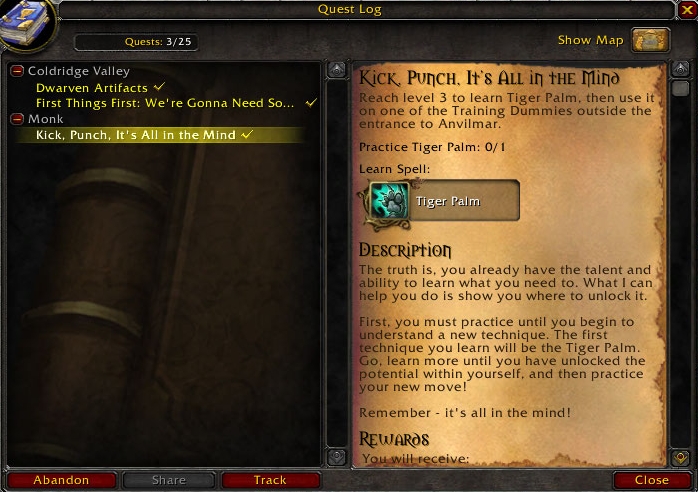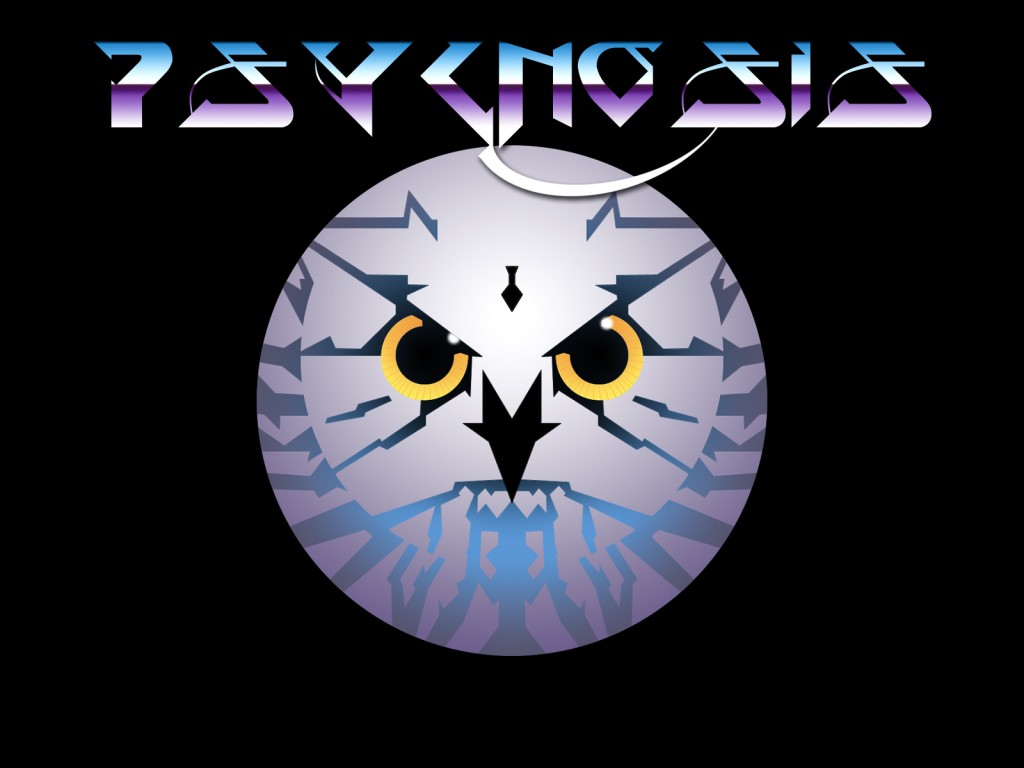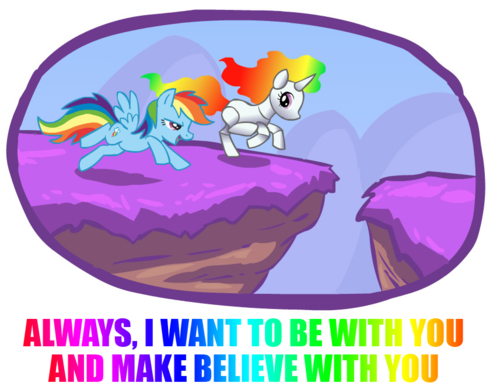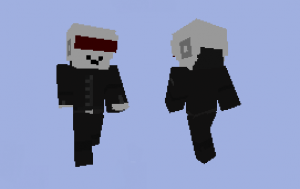Good, because I have feels for you to feel.
If you can get through that without shedding at least one tear than you are a stronger human than I!
Good, because I have feels for you to feel.
If you can get through that without shedding at least one tear than you are a stronger human than I!
The clever guy behind Sonic Before the Sequel (one LakeFeperd) has recently released another Sonic the Hedgehog fangame, Sonic After the Sequel. Set between Sonic 2 and 3 this game follows the oppressor Sonic and the heroic liberator of the proletariat Dr. Robotnik in the aftermath of the Death Egg’s destruction and as they notice Floating Island’s appearance. But the storyline is always tertiary at best in going fast games so that’s all I’ll say on that front. Let’s get down to brass tacks:
This is the best Sonic game since Sonic 3 and Knuckles. This is a genuine, bona-fide, old-school 2D Sonic game. If you took someone who had never heard of Sonic, had them play through the series, and inserted this between 2 and 3, I’d honestly be surprised if they could tell this is not a canonical Sonic Team game. The most important things to know are that Sonic handles near-perfectly and that the levels are extremely well designed. In a series which is famed for extremely tight controls this is obviously vital. The only handling flaw I can point to is that the spin-dash feels a little weak at times, but it’s a minor quibble and never actually causes any problems.

The levels are many and have the typical Sonic variety, with the twist that there’s no annoying Carnival Night-esque levels that make you pull your hair out. No, every single level is interesting and fun, and often (as in Cocaine Coast Sugar Blast Zone) have gimmicks that are actually neat and fun to play with.cks that are actually neat and fun to play with. What’s more each of the Zones hides a special star which, upon collection, opens up a fourth, bonus act in that zone. The actual amount of content is pretty nuts and there’s a lot to do. Oh, and the special stages where you collect the Chaos Emeralds? I’d rank them as the best special stages in Sonic history. They’re perfect. The only objective is to Go Fast and it’s massively fun when you do so.
Special mention also has to go to the soundtrack, which was provided by a number of composers who clearly understand their videogame music. There are tracks here that rank among classics from the series and it’s just another example of how solid this game is. Basically if you want free Sonic of high quality, then download and play this game.
Get it here. And get it soon in case SEGA sends a C&D
For obvious reasons Dwarfs make the best Brewmasters, so when Pike and I rolled a couple of Monks I chose Dorf as my race. I quickly found that the best reference to anything in WoW is sitting down there in Coldridge Valley.

Based on this alone I’d be quite happy to call Pandamans a shining success, but as it turns out absolutely everything about this expansion I’ve seen so far is solid goddamn gold. I’ve no doubt my dear co-blogger Pike will have a lot more to say on the subject seeing as she is the one who is actually good at this videogame, so I shan’t go into it in too much detail, but I cannot stop playing this freaking game. Would you like to know more? Well then, let’s consider that the Panda Inn music is peerless:
Just wait until the kazoo kicks in.
Oh, and Pokewow? The thing I long scorned as a shameless gimmick intended to bring in people who would otherwise have no interest in the game? I was COMPLETELY WRONG in every way. Pet Battles is absolutely freaking insanely brilliant and addictive and anytime I find myself at a loss for other stuff to do, welp, time to set REAPER PRIME on some chumps. (REAPER PRIME is a Tiny Harvester about ten inches tall.) And I think that’s the key to what MoP has done right – there’s a huge variety of things to do open to you and a lot of them require minimal investment of time to get started. For all the old man “danged kids” lamenting Pike and myself do I have to admit I’m pretty glad to see the narrow idea of what endgame is in the past.
I should go play some bad games so I stop fanboying over stuff but, heck, I just want to enthuse about how great videogames are so here we are, with constant posts about great games!
As you may have recently heard, SCE Liverpool – formerly known as Psygnosis – is being shut down. To anyone who grew up playing the games I did this is a moment for reflection and, yes, perhaps a little bit of mourning.
Psygnosis was founded in the early 80s in Liverpool, UK. It didn’t take long for them to get noticed because of games like Shadow of the Beast, but they really started to shine in 1991 when they displayed some seriously canny foresight by publishing DMA Designs’ Lemmings. DMA Designs, you may or may not know, went on to change their name to Rockstar. In 1993 Psygnosis was acquired by Sony, though they would keep the name for eight further years, and it was here under Sony that they made their real gems.
Wipeout was the flagship title for the Playstation One, and the then-impossible level of graphics and the cool use of contemporary music to race holy shit flying race cars certainly sold the console to me, and to a few of my friends. It was like nothing we’d ever seen before. It was also hard as hell, which was pretty great. They complimented this by retaining their publishing acumen to help games like Destruction Derby, and made the little-known but extremely silly and enjoyable giant mech game, Krazy Ivan. Later was Wipeout 2097, the best iteration of the franchise and an extraordinary game still worth playing today.

But it would be another year or two, in 1997, that Psygnosis put out the two games for which I will always remember them, despite the brilliance of Wipeout. Colony Wars and later in the year G-Police were both superb, amazing sci-fi games, the first set in space (and with a wonderful, narrated in-game encyclopedia) and the second on Jupiter’s moon Callisto. Both featured all the things you could wish for in such games; dystopia, violence, futuristic weapons and vehicles, and “The Tsar and his battle fleet saw everything… knew everything… punished everything“. That same year also saw the release of their weird, experimental game Sentient, which was one of the most unique games I’ve ever played.
When the 90s closed the spark seemed to have gone out of the company, and despite the great sequels to G-Police and Colony Wars they fell back on Wipeout games and on their Formula 1 line, all very solid but somehow never as impressive as taking chances on Lemmings or the Discworld point’n’click games. Still, they will be missed, and not soon forgotten, by those of us from that era who grew up with all these amazing games thanks to Psygnosis.
SteamQuest is a series based around Pike’s quest to play all the games she has on Steam. Which is a lot. Her definition of “play”, here, is at least one hour for smaller games and at least three hours for more substantial ones. Feel free to follow along!
BIT.TRIP RUNNER
Developer: Gaijin Games
Genres: Platform, Rhythm, Arcade
Website: http://www.bittripgame.com/bittrip-runner.html – and the Steam Link
Time Spent by Pike: 71 minutes – unfinished
Bit.Trip Runner sort of reminds me of Robot Unicorn Attack. Both are about controlling a running character and having lightning-quick reflexes. Both have catchy music that entices you to keep playing. Both look like a technicolor rainbow barfed all over your screen.

There are a couple of major differences between the two, though. One is that the music plays a much more active role in Bit.Trip Runner, because your actions determine the music and vice versa. Another big difference is that, where Robot Unicorn Attack has two actions (Jump and Dash), Bit.Trip Runner has a whole bunch of them. Oh, and lastly, there are something like fifty different levels in Bit.Trip. Yep.
Now that you sort of have an idea of what this game entails, I’ll launch into more specifics.
Bit.Trip Runner has a sort of retro, pixel look to it. Inception-like, we go deeper and the retro gets even MORE retro when you unlock a bonus stage which is basically a parody of Pitfall (not gonna lie, the way the game even emulated the old-timey Activision logo at the bottom of the stage here made me smile). Appropriately, the music is chiptune-inspired electronica, and it’s very, very catchy chiptune-inspired electronica. You are rewarded with better versions of the music as you go along a level, because not only do your successful actions add little riffs to the song but powerups add more complexity and make the catchy music even catchier. This turns out to be a brilliant and unique hook because you want to beat the level not just to beat the level, but because it lets you listen to more and more great music.
The happy bouncy music and colorful aesthetics are in pretty hard contrast to how unforgiving the game actually gets. One mistake gets you ported to the beginning of the level. Yes, even if the goalpost is in sight and the actual level is as long as the Missouri River. There are no checkpoints. Checkpoints are for pussies. If you mess up, you get to redo the whole thing. It would be frustrating if the whole game wasn’t as completely addicting and entrancing as it is. See, once you sort of know how a level turns out, it becomes rather zen, and any mistakes just encourage you to try again, because, deep inside, you sort of don’t mind the repetition.
In fact, if I wasn’t trying to pump out this blog post before work, I’d still be playing right now, trying to beat this freaking level. (Watching this now and seeing how close the goalpost is to where I made it last time is absolutely maddening.)
So, in short, this is a solid, upgraded version of Robot Unicorn Attack, and fans of that famed flash game could do much worse than to check Bit.Trip Runner out. It’s on Wii and Nintendo 3DS aside from PC/Mac/Linux, and I do recommend using a controller instead of a keyboard if you’ll be playing it on a computer. The controls are more intuitive that way.
It may surprise those of us with… stereotypical views of the place, but the French have made some really amazing videogames. In the 90s they were at their peak; Delphine and Adeline were putting out such leading lights as Flashback, Another World, Moto Racer, and the subject of this blog post, the LBA series. (Incidentally Adeline ended up becoming No Cliché, which made one of the most overlooked games of the Dreamcast, Toy Commander. But that’s another story!)
You should listen to this while you read the post.
Only two games were made, a third has been rumored on and off over the years but nothing has ever come of it. Still, these two games are true gems; they are beautiful, whimsical adventures that truly revel in taking the player into them. The first one is isometric whilst the second introduces 3D sections, and they blend puzzle, exploration, and action very handily. But the solid gameplay is only the base on which the real thing is built, and that thing is just the beauty of all the locales, the places you visit, the characters, all these sorts of things. When you went somewhere remote, you felt isolated. Somewhere oppressive, you felt oppressed. Somewhere safe, you felt welcomed – if on edge due to the omnipresence of Dr. Funfrock, in the first game, or the Empire in the second.
I’m failing you as your blogger here, because I’m really having trouble pinning down exactly what it is that makes these games work so well. I would have to say it’s the general aesthetic that is built from design, graphics, soundtrack, and the myriad characters you will meet. It is a world that feels genuinely solid and whole (I overuse the term “solid” and for that I apologize), and it is at heart an absolutely joyous adventure that really goes to what adventures should be about, which is exploring worlds that are sometimes surreal, sometimes a little intimidating, and where the love that went into crafting them shines through every pixel.
LBA 1 and 2 are available on GoG.com for a few bucks apiece and I heartily recommend taking a look if you’ve got a free weekend at some point!
The second one also has one of my favorite endgame credit sequences ever, which is a small thing to get excited about but given how readily we skip those, finding one worth watching is rare!
Oh hey, it’s been a few days, sorry about that guys! Anyway!
Over the weekend I finally finished my repeat playthrough of GTAIV, which was satisfying, but I have to concur with those who feel the second half of the game is weaker. Once you’re done with Packie’s missions there really aren’t many interesting new characters or anything and the missions reach a point of being somewhat tired. Not that it’s a bad game by any means; I think they just reached the limit of what could really be done with the style and tone they were going for. There was plenty fresh about The Lost and Damned and The Ballad of Gay Tony.
Anyway, with that out of the way, I decided to go back to Grand Theft Auto: San Andreas. And oh man, I had forgotten how freaking amazing it is. The graphics aren’t as bad as I was expecting, though the jagged edges will chop your eyes to shreds it’s much smoother than I remember in terms of animation. The only thing I really do miss is the physics from IV, but it’s not critical.
But you know what’s weird, the thing I’ve noticed in San Andreas compared to IV? I wouldn’t have guessed this myself, and probably not even noticed except that I went from IV to SA immediately. It’s the sound. Walking around Liberty City you don’t really even take in all the noises, but there are constant sounds of the city doing its thing without you. In SA? It’s surprisingly quiet. I don’t know, maybe it’s something weird with my copy or something, because it really struck me when I went back to it and I’ve not played SA in a couple of years. It’s almost silent when you’re not in a car, stuff people say breaks the silence powerfully rather than blending in with the sounds of the city. And this is not a game I am new to, I spend enough time with it back when it was new. It’s a strange thing!
So, have any of you gone back to older games and been surprised by something in them, even games you played plenty and know well?
Alrighty, so as you may have gathered by now I’m a pretty big fan of the music in some videogames, and I feel it’s often a vital part of completing the experience. This said, sometimes when you play a game a lot, the stuff in the game just gets so repetitive it’s crazy. Right now I’m playing a ton of Minecraft, working on a stupidly overambitious project, and I’ve been playing Daft Punk pretty much constantly while I do so.

Back when I was a young teen, my mom got me Morrowind and System of a Down – Steal This Album on the same day, so I can’t listen to the latter without thinking of the former. They are inextricably linked for me.
Do you have any particular games and musicians who are linked for you? Any preferred artists for particular games or genres? Tell us in the comments about the music you listen to while gaming!